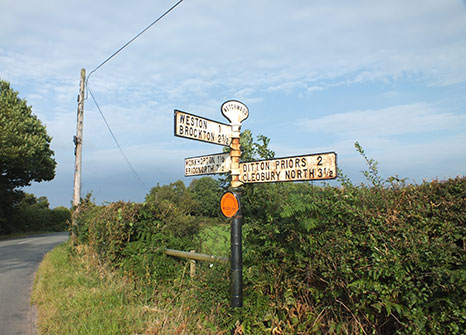
December 7, 2015, by Sunita Tailor
Place-Names and Medieval Settlement
Blog for MSRG conference, 12 December 2015
Place-Names and Medieval Settlement
Where do you live? What space can you call your own, what is everybody’s and what belongs to others? What do you expect of your landlord or local administration? How do you use local facilities? What are the roads like, how close are you to the nearest river?
If you’re moving house, as the present writer is currently, these are questions you are very likely to be asking yourself. But even though they might have given different answers, they were also the questions that concerned medieval people. We can’t ask medieval people direct what they thought about where they lived, but we do know that an important layer of evidence that encodes answers to these kinds of questions consists of names.
Names were much more pragmatic in the middle ages than they tend to be today. Places were named after features of landscape, or they recorded such important information as ownership or shape and size. People were named after places and trades, and nicknamed after character traits or physical features. Institutions labelled places and roles within their estates. All these things tell us something about how people thought of their locality and their place within it.
This conference, hosted by the University of Nottingham’ Institute for Name-Studies, and taking place on Saturday 12 December at Highfield House on University Park, brings together scholars from many disciplines: history, geography, landscape and settlement studies, archaeology and place-names. They will show in their illustrated talks how names can be used to interpret settlement patterns and give insight into the way people understood themselves and their environment in the middle ages.
For more information see the medieval-settlement website , and to book go see Nottingham’s store pages.
No comments yet, fill out a comment to be the first

Leave a Reply